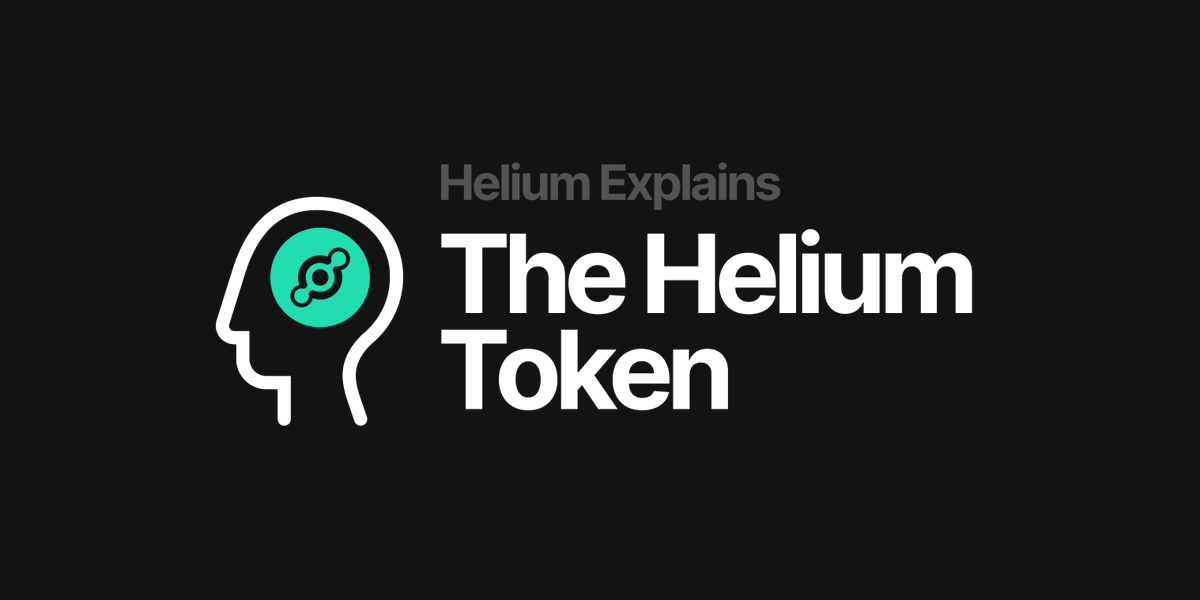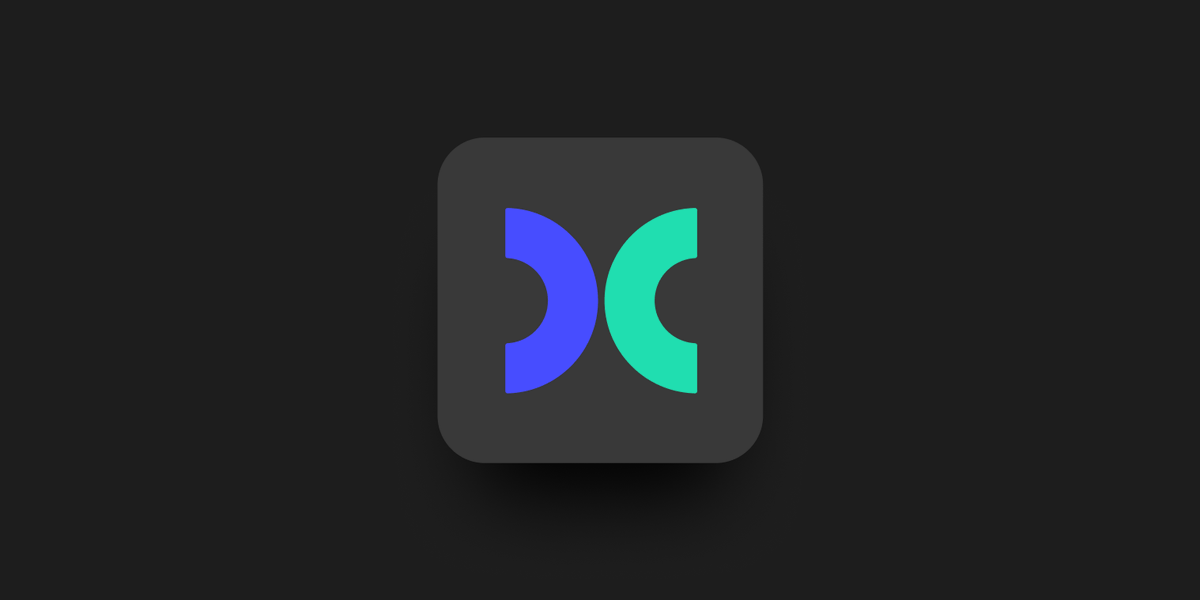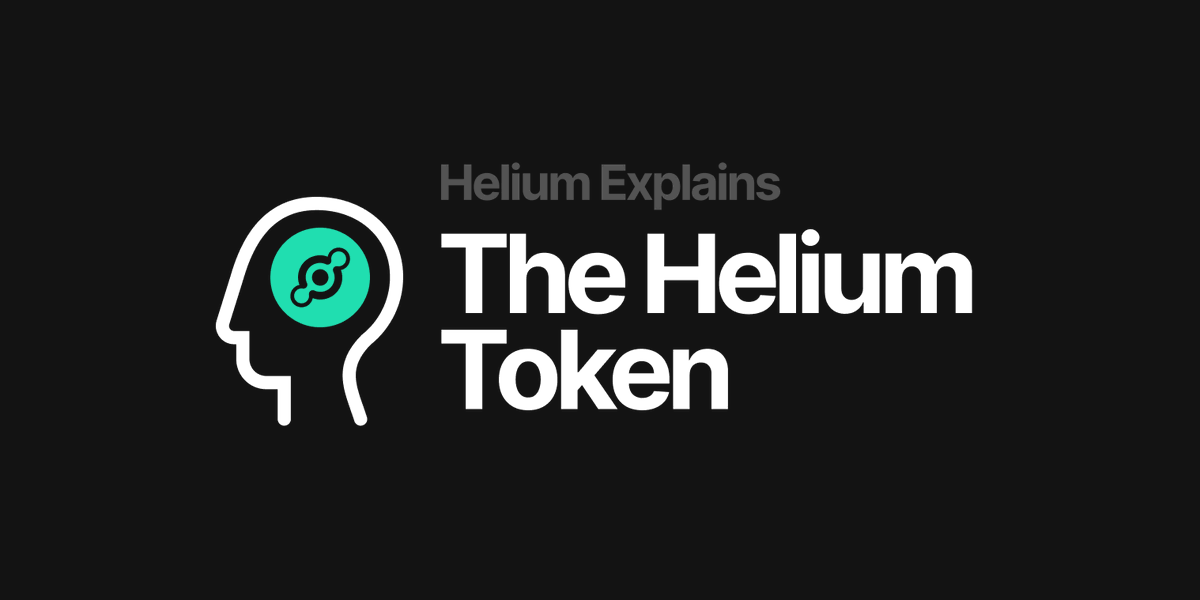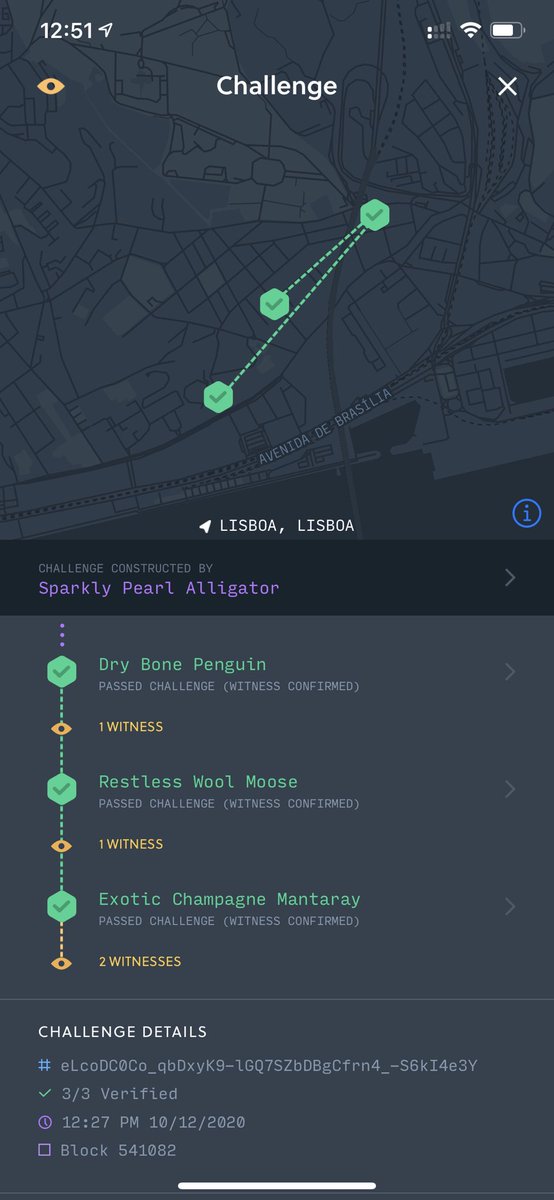
Helium Explains: The @helium Token 

The @helium Network connects #IoT (and soon 5G) devices in ways never before possible and at a fraction of the cost of cellular, without users needing to deploy and maintain wireless infrastructure. 

The Network's range is optimized for devices running on @helium #LongFi, a combination of #LoRaWAN and the Helium Blockchain. This opens up a number of use cases including asset tracking, supply chain logistics, agricultural #tech, & more, up to 10 miles+ from nearby Hotspots. 

The @helium Token is designed to serve the needs of two primary parties on #ThePeoplesNetwork:
1. Hotspot owners, who mine $HNT for providing and maintaining coverage.
2. Enterprises and developers, who connect #IoT devices and applications to the Network using Data Credits.
1. Hotspot owners, who mine $HNT for providing and maintaining coverage.
2. Enterprises and developers, who connect #IoT devices and applications to the Network using Data Credits.

Data Credits (DCs) are a $USD-pegged utility token derived from $HNT in a burn transaction and used to pay for all #IoT data and transaction fees on #ThePeoplesNetwork. One Data Credit costs $0.00001 (or, $1.00 buys 100,000 DCs), and Data Credits are produced by burning $HNT. 

This $HNT to Data Credit relationship is based on a design called a "Burn-and-Mint" equilibrium and is intended to allow for the supply of $HNT to respond to Network usage trends such that, when equilibrium is found, the amount of $HNT that exists remains static month-to-month. 

Since the community approval of HIP 20, the @helium Blockchain now uses a two-year halving schedule, which began on August 1st, 2021, for a maximum supply of 223M $HNT. Since August 1st, the Helium Blockchain has minted a target of 2,5000,000 $HNT per month. 

Learn more about $HNT and the new wireless economy on the @helium website helium.com/hnt, and use the Network for your #IoT devices: helium.com/use.
• • •
Missing some Tweet in this thread? You can try to
force a refresh













